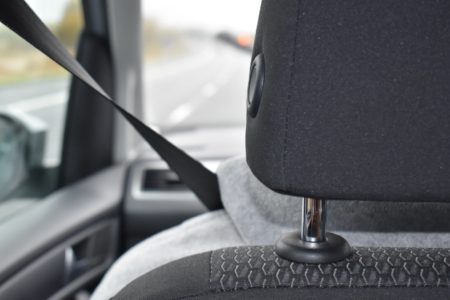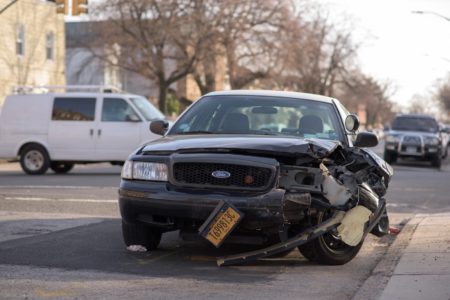
By Sean W
Collisions can be unnerving for several reasons. Assuming you are not one of the people in the crash itself, there are ways in which you should still be handling situations involving car crashes, large or small.
If you happen to see a major collision as it is happening, find somewhere safe to pull over and assess the situation. If there is gas leaking, get people away from the vehicles as that can be quite dangerous. If there isn’t or once you’ve made sure people are away from the vehicles and off the road, make sure that no one is injured. If there are hazards like gasoline or injured people, call 911 and explain the situation. If not, ensure that the people involved are okay and give them contact information so you can act as a witness, especially if you saw who was at fault. Being a witness can be extremely helpful to the people involved and should be done no matter how small the collision.
Assuming the collision has occurred and you are witnessing the aftermath only, the protocol is pretty straightforward; keep driving and don’t fixate on whatever’s happening on the side of the road. Ever notice all of traffic slowing down anytime something slightly interesting is happening on the road? This is not only inconvenient for everybody but focusing on the vehicles and/or people dealing with a collision, for instance, can be dangerous. Acknowledge the situation but do not make it a point of interest for your focus.




